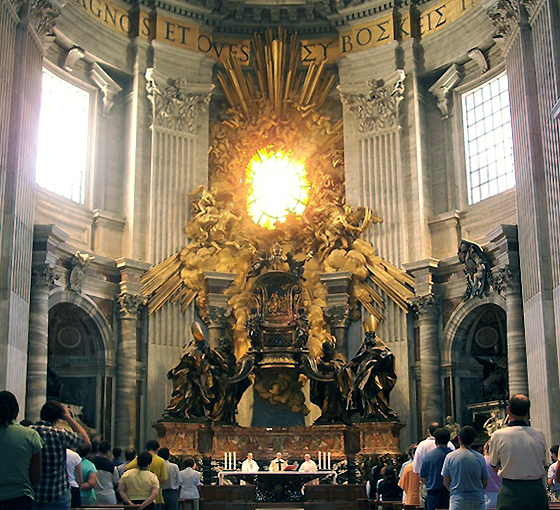Baroque Style


The Baroque style or Baroque movement began in about 1600. It was started in Spain and Italy and eventually spread north. This incorporated architecture, music, art, literature and furniture throughout Western Europe for more than 100 years. The huge impact that this style had on culture and architecture during this period was largely due the encouragement that it received from the Catholic Church. The Church was losing huge numbers to the Protestant Reformation that had begun 70 years before Henry Calvin, Martin Luther and others in Northern Europe.

Following the Council of Trent, the Catholic Church began to encourage the Baroque style. The idea behind the change in direction was to have the art, the music and the architecture to achieve two primary goals, reach out to the masses and show them who is the most powerful.
The first goal of the Baroque style was to have images and architecture that would be more accessible to a less educated population. The images and the music should be bold, simple and dramatic. The architecture should be strong, opulent and intimidating. It was about getting the attention of the people that might be swayed by the ideas of the Protestant Reformation. The goat hoof carved feet and images of epic biblical battles were relatable to the masses.
The second goal of the triumphant music, iconic imagery, bold carving and opulent finishes was to send a message of power and intimidation. There was a public relations battle of huge proportions happening in Europe and the Baroque movement was the Catholic Church’s answer to the austere trends of their Protestant counterparts. The message from the Catholics was
“we are the largest and most powerful entity in the western world and if you want to be on the winning team, stick with us”.
This battle to win the hearts and minds of the people of Europe had huge political and financial ramifications and the Baroque movement was the Catholic Church’s best chance and winning that battle.
A few examples of Baroque Period Pieces you’ll find at Garden Court Antiques:




17th century
